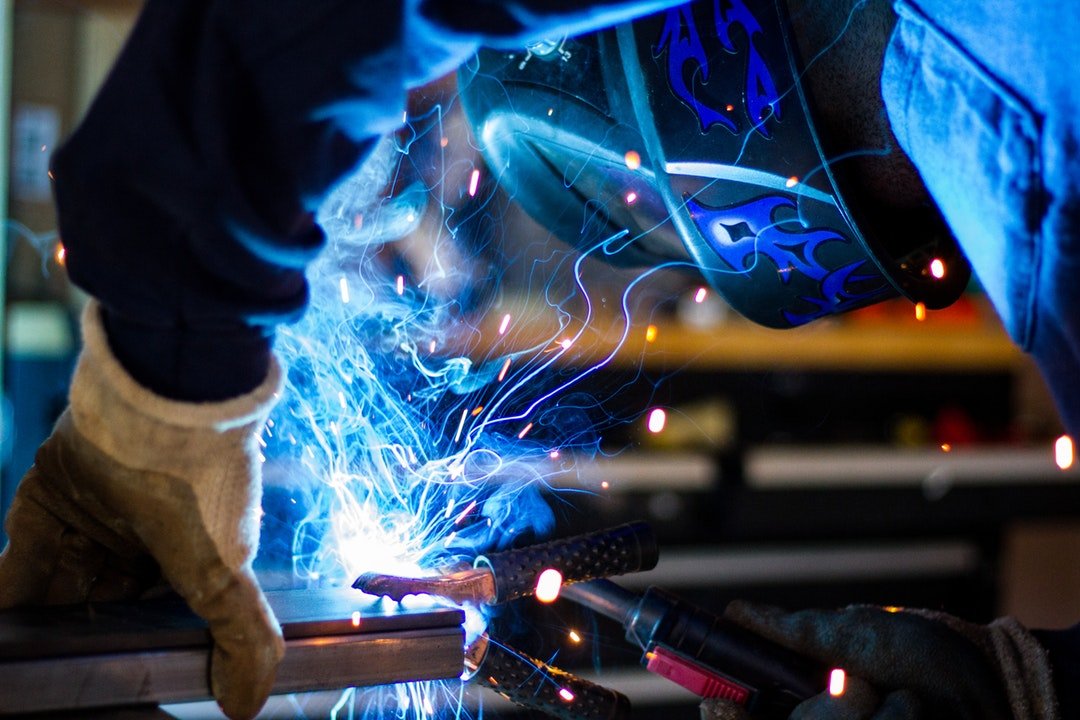
Metal stamping is otherwise known as pressing in that a flat sheet of metal on a stamping press that can bend, press, fold or stretch the metal. The process can either be a single or multiple stage process. Companies like Meco that use metal stamping find it to be a fast and economical method of producing large quantities. Metal stamping as being economical means that there is a high production flow thus the cost per piece is low. Needing a one-off product makes its hard for metal stamping to be done. The cost associated with carrying metal stamping on a one- off product is forbidden. In addition to cost prohibitive, the tooling costs and longer preparations are noted when metal stamping is done for one-off product.
A variety of processes is included in stamping of metals such as; punching, embossing, bending, flanging and coining. The process in which a hole is created through shearing when a press punch is forced a tool through the work piece is known as punching. Sheet metal, paper, vulcanized fiber and some forms of plastic sheet are the types of materials in which punching is applicable. Punching is considered to be the cheapest method of creating holes aside from being applied in other materials.
The holes created can be done in sheet materials of medium to high production volumes. Motor, frame, ram, die posts, bolster and bed are some of the parts that are found in a mechanical press. Stamping press or machine press is used in doing punching.
Flinging, coining, drawing, stretching, ironing, curling, hemming, necking among others are some of the operations of metal stamping. When the material is deformed or bent along the straight line its referred to as bending while flinging is when the material is bent along a curved line. The process of compressing materials into a pattern is known as coining. All in all the process of metal stamping is very complex.
For all your metal fabrication contract manufacturing needs, metal fabrication is done by using raw materials to build and construct machines and structures. Even with raw materials used to construct structures and machines, metals are shaped into different parts by removing materials. Ways in which the materials are removed include; hole creation and cutouts, material changing through bending and stretching the metal. Several benefits that have been resulted from metal fabrication include; rapid prototyping, a variety of fabrication procedures and use of recent technology, equipment, press brakes and assembly processes. The metal fabrication process is made easier by using processes such as; shear and laser cutting.
However the process of metal fabrication is quite labor intensive and requires longer production periods. Also the costs for doing metal fabrication is usually higher as compared to metal stamping. When complex parts and components are used for stamping then the process of metal fabrication is usually impossible to be carried out.
Open page to know more about metal manufacturing: https://en.wikipedia.org/wiki/Stamping_press.



